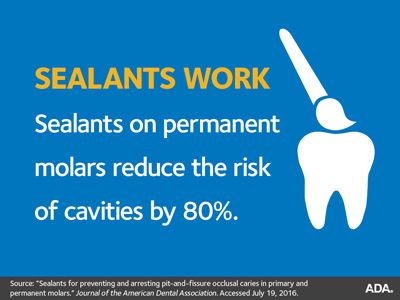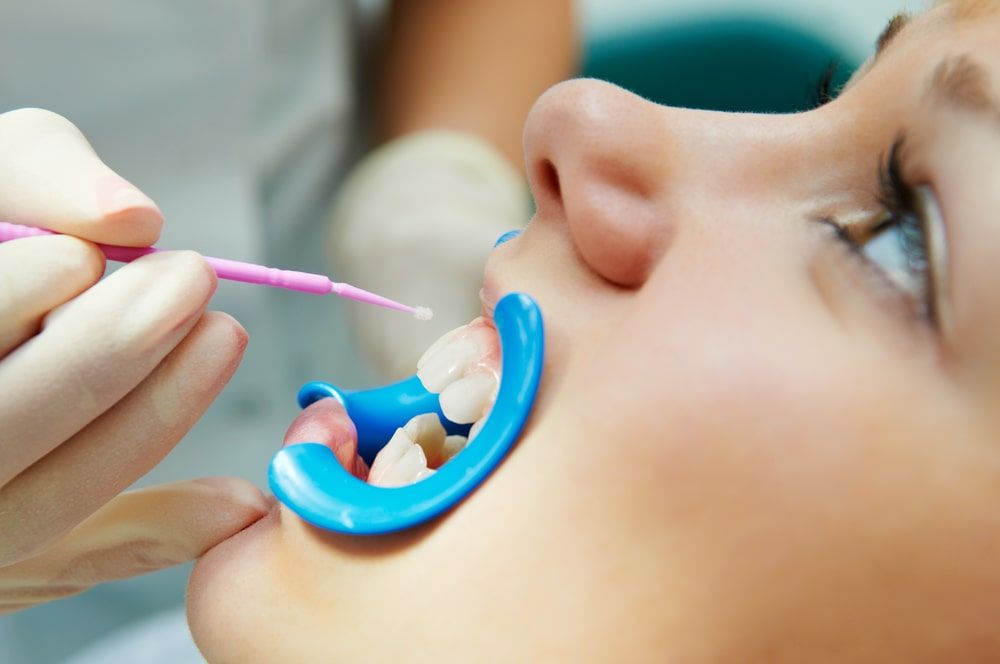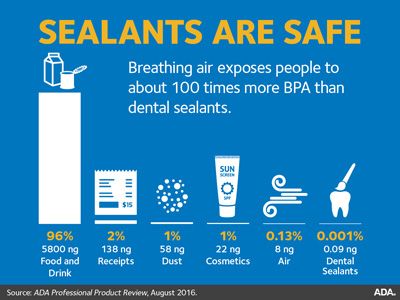Getting your child to properly brush their teeth for two minutes at a time twice a day and floss daily is much easier said than done. Even if your child is brushing and flossing, they may still struggle with covering all the surfaces of their mouth. To prevent these areas from becoming affected by dental decay, your Stone Oak Pediatric Dentist may recommend the use of dental sealants. Dental sealants are thin clear, white, or tooth-colored coatings that are applied to the surface of your child’s teeth in order to seal the tooth and protect it from the bacteria responsible for tooth decay. They are generally used for the molars, where plaque and food debris tend to accumulate in the pits and fissures.
Did You Know?
The Centers for Disease Control and Prevention recommend the use of dental sealants in children ages 6-12. This is because research has shown that dental sealants reduce the risk of childhood cavities by 80% and that children without dental sealants generally have about 3 times more cavities than those who have had sealants applied to their teeth.

Frequently Asked Questions:
When should my child get dental sealants?
The best time for your child to get dental sealants is as soon as their molars have fully erupted. Using dental sealants on freshly erupted teeth means that from the beginning, they are protected from dental decay. In most cases, the first molars erupt around the age of 6 and the second molars erupt around the age of 12. To have your child’s teeth protected from tooth decay, schedule a consultation with your Stone Oak Pediatric Dentist today.
What can my child expect when having dental sealants placed?
Placing dental sealants is an easy and painless process. Your child will first have their teeth cleaned to remove any plaque and bacteria from the surface of the teeth. This is an important step so that bacteria does not get trapped underneath the sealant. After cleaning your child’s teeth, your Stone Oak Pediatric Dentist will apply an acidic solution to the teeth in order to roughen the surface and allow the sealant to adhere better. The teeth will then be rinsed and dried prior to the sealant being brushed onto the chewing surface of the molars. At this point, the dental sealant may either be left in place to dry or it may be hardened in place with a curing light.

How long will my child's sealant last?
You can expect your child’s sealant to last about four years before needing to be replaced. In the first two years after placement, dental sealants reduce the risk of decay by 80% and slowly decreases to 50% at four years. To get the most of your child’s sealant, it is recommended to have them replaced at least every four years. Additionally, if they fall out, become damaged, or are excessively worn, they may need to be replaced sooner to prevent bacteria from becoming trapped underneath them.
Are dental sealants safe?
The American Dental Association has declared dental sealants as a safe preventative treatment for children. Recently, there has been some controversy over the possible use of BPA in sealants. To clarify, BPA is not an ingredient of dental sealants, however it can be temporarily produced during the application process. This is not as common anymore, because many dentists use sealants that do not produce BPA at all. Even in cases where BPA exposure can occur, it is such a tiny amount that simply breathing air yields 100 times more BPA exposure.

